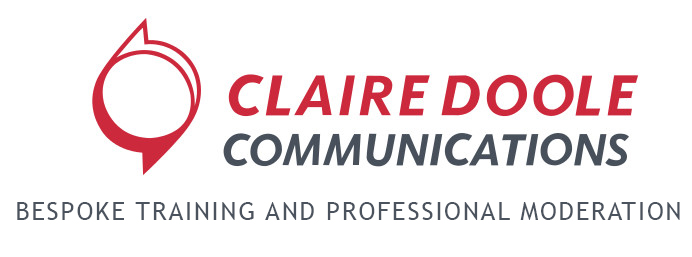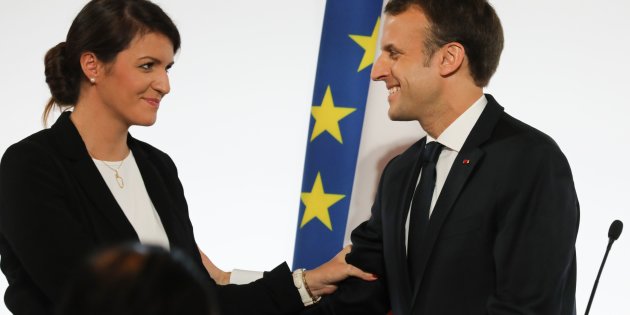
by Claire Doole | Mar 10, 2018 | Blog, Featured
Emmanuel Macron told me he was a feminist, but what counted was that women considered him a feminist. His answer earned him a round of applause at the Women’s Forum for Economy and Society in December 2016, when he was a Presidential candidate.
Now that he is President, I was delighted to see that his team used his answer to my question in their video marking International Women’s Day.
His key points are:
• Calls for more women to stand as candidates in elections – at present only 15% are women.
• Only one woman is CEO among the top 40 companies listed on the French stock exchange.
• Only 10% in leadership positions in business.
• Criteria for job promotion should be not based solely on length of time in office.
Gender equality is one of the big ambitions of his Presidency. He has pledged to “name and shame” companies that pay women less than men for the same work. But the French media were quick to point out that he has not applied the same rigour to his political appointments.
The statistics reveal his shortcomings. Among his 12 cabinet members, only one is a woman. And of his 51 advisors, only 16 are women. This amounts to 30% – a marginal improvement on the 27% of his predecessor Francois Hollande.
President Macron still has some way to go to be seen as a feminist by the women of France.
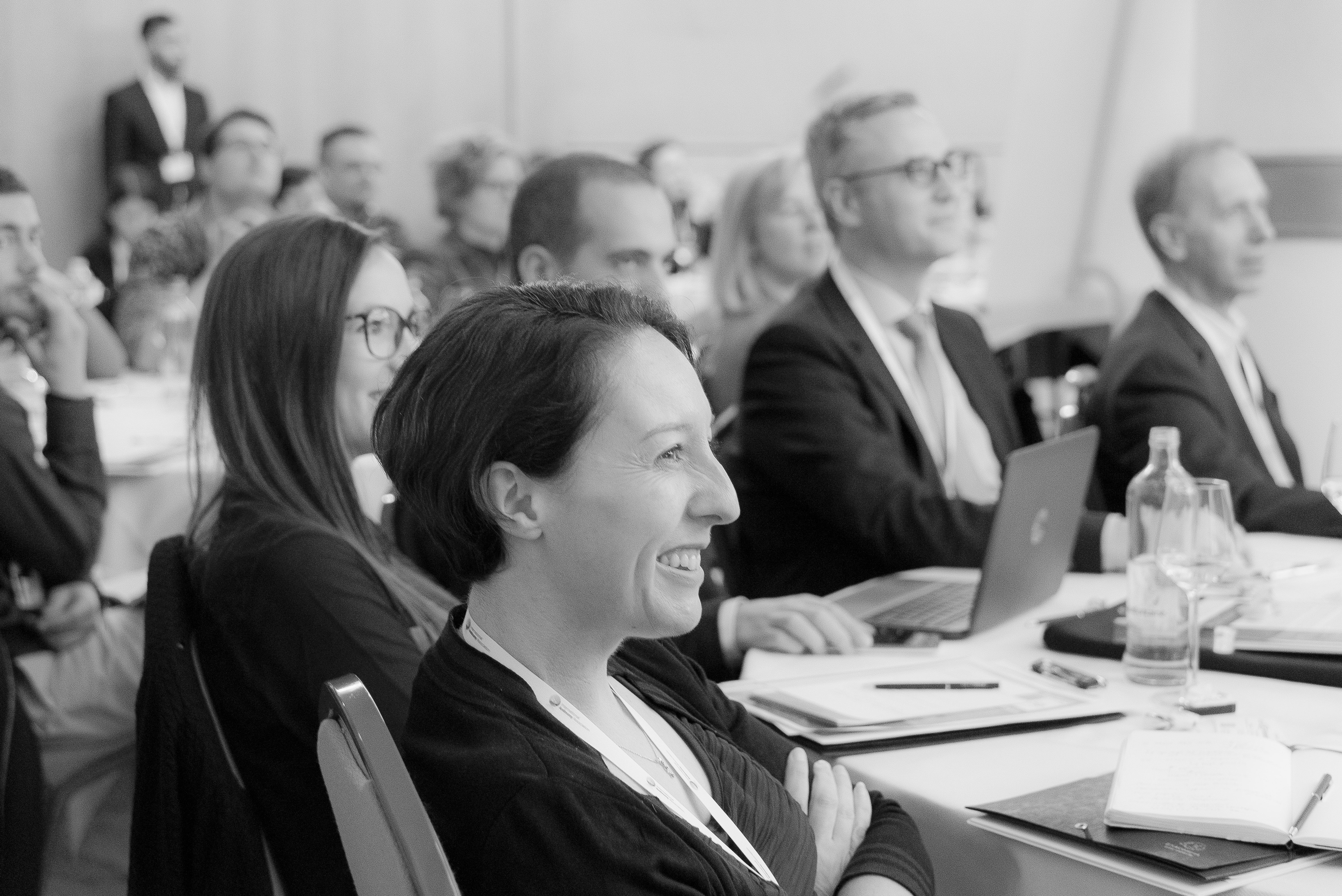
by Claire Doole | Jan 14, 2018 | Blog
Moderating a conference about the possible reclassification of a chemical compound as carcinogenic is no laughing matter. The revaluation of antimony, a substance found in many household and manufacturing products, would have severe repercussions for those involved in its trade and manufacture.
However, as you can see from the photos, we did raise a few laughs during the day. How? We made the conference as interactive as possible – quizzes, panel discussions, group brainstorming and feedback sessions. As a former TV and radio producer, I know that you have to keep on changing the pace and content of a programme to keep the audience engaged.
But our secret ingredient was to use a cartoonist to make everyone laugh. Floris Oudshoorn is a gem. A Dutch cartoonist, who is fluent in English, he recapped the main points with some of his very witty digital sketches.

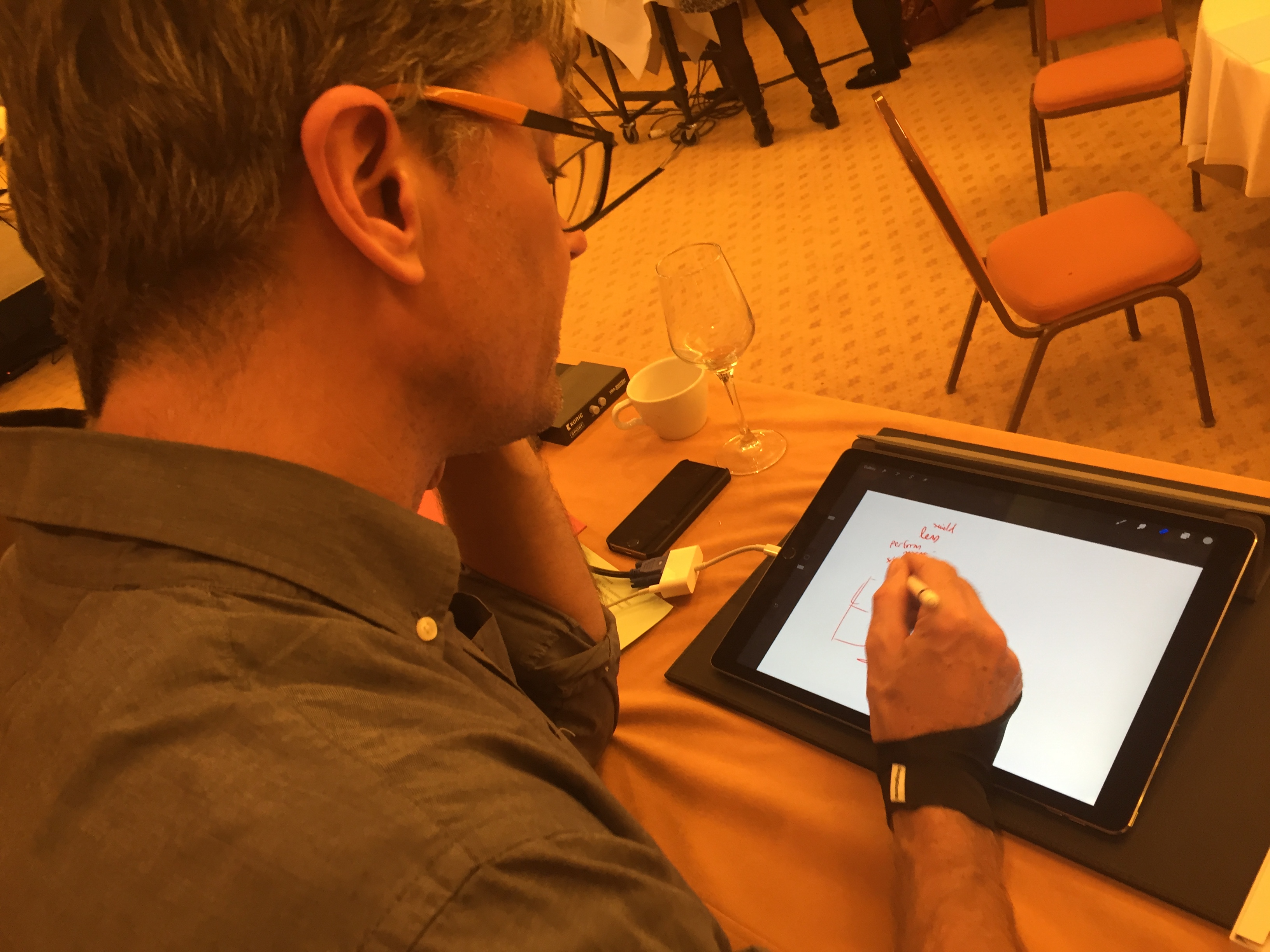


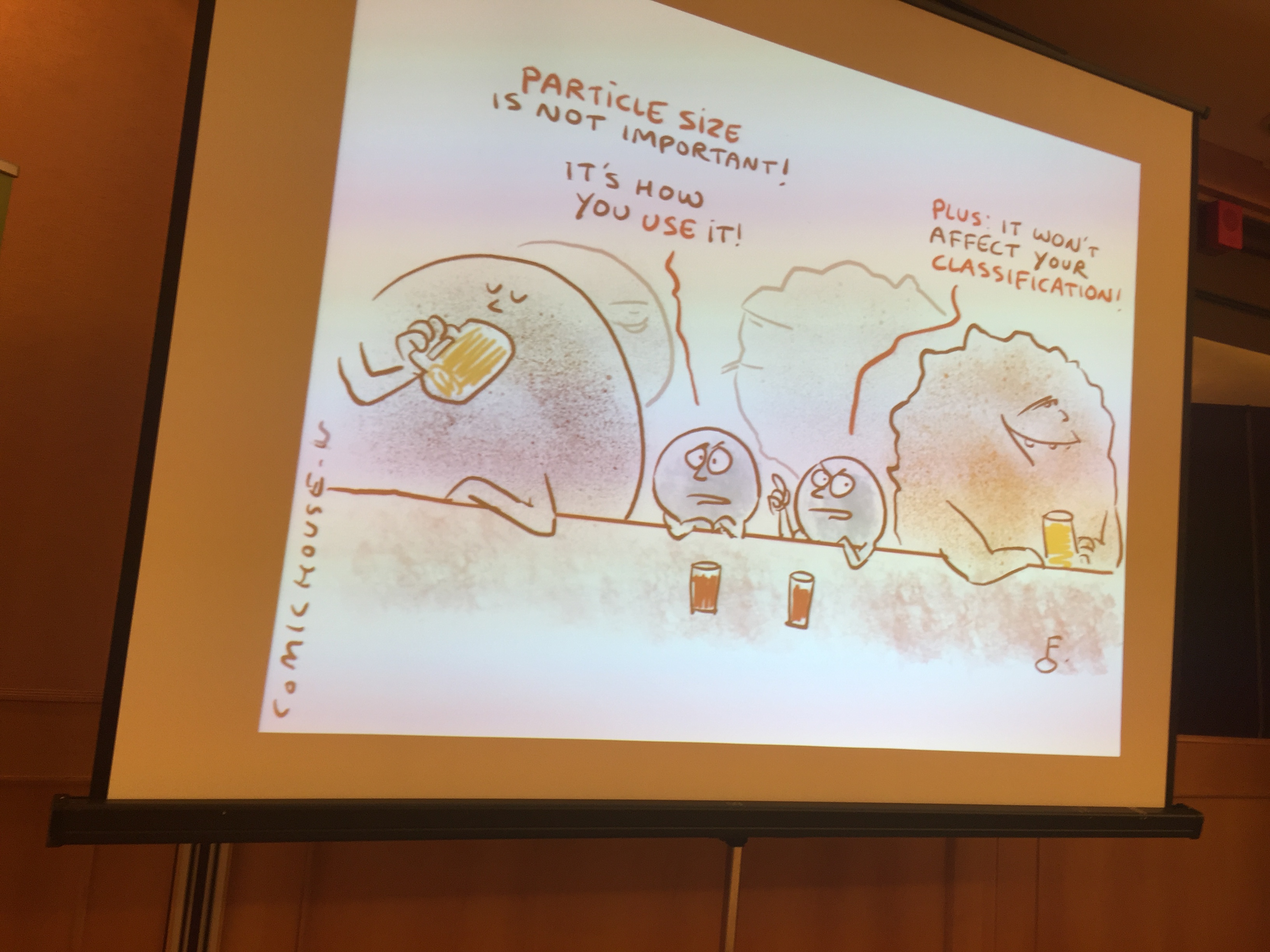
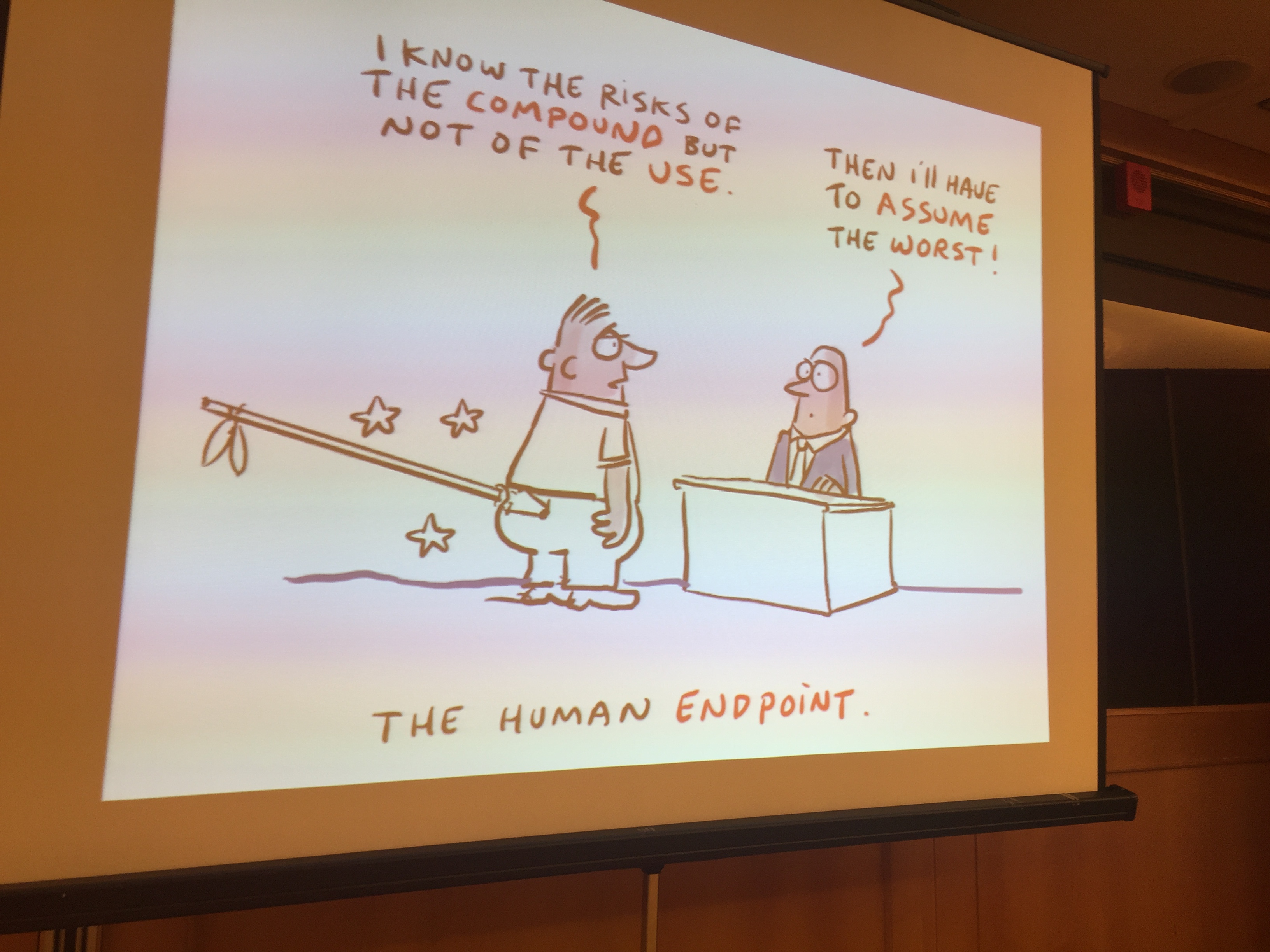
Photos courtesy of ComicHouse
The trick was to know when to bring Floris into the discussion. I had seen cartoonists work as a speaker presents, but this is often distracting as our eyes are always drawn to the visual. I had also worked with a graphic facilitator, who showed her work at the end of the event.
This time though, Floris was an integral part of the day. He sat unobtrusively in the room, beavering away on his computer as the discussion unfolded. At certain pre-agreed moments, I would give him the floor to show us what he had been up to. His skill was not only to synthesise and visualise technical discussions but to make us chuckle.
A picture is worth a thousand words so I rarely had to ask him to explain his ideas. They were self-explanatory.
At the end of the day, he even drew a cartoon as we watched to see what emerged on the screen. Have a look at this short video I made of him at work.
Floris must have created at least 30 cartoons during the day – many of which the organisers of the conference – the International Antimony Association – posted on their website. I am sure they will reuse them at every opportunity.
So if you are organising a conference even on a serious technical subject, think out of the box or in this case onto the screen and see if including a cartoonist may make your event even more memorable.
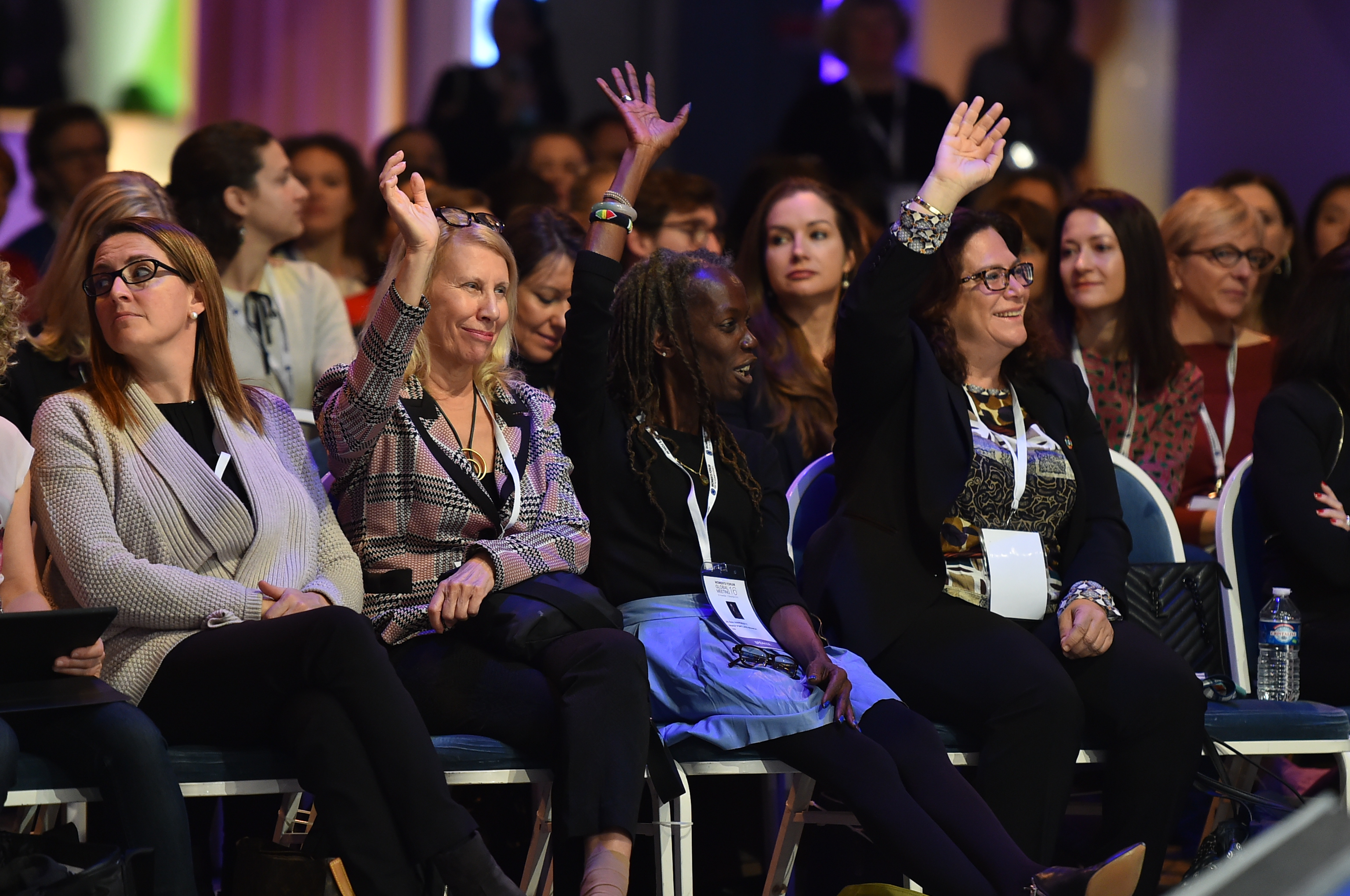
by Claire Doole | Dec 10, 2017 | Blog
The audience is king in communications. Whether giving a presentation, talking to the media, or writing a document, who matters most is the viewer, listener or reader. What do you want them to do, feel or say as a result of your communications?
How strange this is too often forgotten when organising a conference.
I am sure you have attended conferences where death by PowerPoint was a real possibility or panel discussions where the moderator runs out of time for the Q and A session with the audience.
Have a read of this article by Guardian journalist, Duncan Green entitled “Conference rage: How did awful panel discussions become the default format?”
He says, “a badly run conference is not only a lost opportunity, but a waste of time. How can we improve them?”
He gives a lot of good ideas, but doesn’t mention how technology can really make a difference, putting the audience back in the driving seat.
Interactive web applications – the moderator’s friend.
This year, I have moderated or acted as Master of Ceremonies at a number of events organised by companies, trade federations and international organisations. Many of them used web applications, which asked the audience to give their view on the subject under discussion or as a way to take questions or comments during the Q and A.
Two of the most popular apps are wisembly.com and slido.com. They promise amazing conversations, using a collaborative platform to maximise interaction at events and meetings.
So how do they work?
The audience downloads the app on their tablet or IPhone, put in the event code and then can ask questions during the Q and A session or take part in “real time” polls. The results appear on a screen in the room.
Many people feel nervous asking a question, especially if not in their native language. They prefer the more anonymous way of asking digitally. The only disadvantage is that the moderator has to understand the question or comment, especially difficult if it includes acronyms. It has to be made clear also who on the panel should respond and of course the moderator can’t check back for clarification with the questioner.
However, the part I really like is that the event organisers can ask the audience questions before the panel discussion. The responses appear on the screen within a minute. It is like getting the election results in real time.
Have a watch of this video from slido.com
As the Master of Ceremonies at the Future of Europe’s Finances Conference in Brussels, I used it firstly to find out who was in the room. We provided a list: European Commission officials, industry, academics, or other.
In retrospect, NGOs should have had their own category and not been relegated to “other”. The NGO’s were quick to tell us that on Twitter – the advantage of a two-way social media conversation!
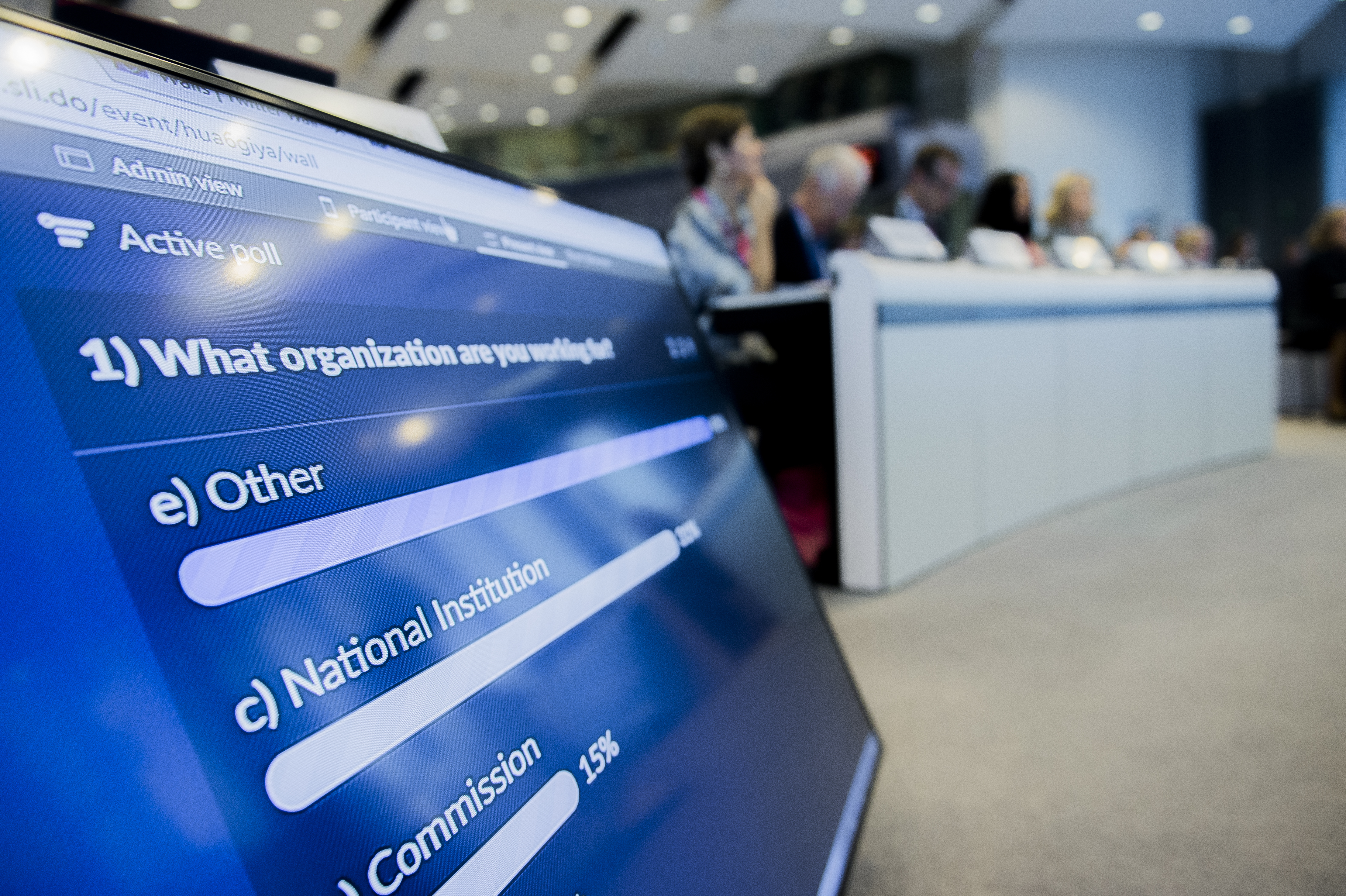
Brussels, Belgium – 25 September 2017
“The Future of Finances” conference.
Photo: European Commission / Ezequiel Scagnetti
We then went on to ask more specific questions.
The moderator can use the results of a survey in a number of ways either by using the answers to start the panel discussion or refer to them during the discussion. You can also use the survey questions as a transition technique between panels, particularly useful as people leave and come on to the platform.
If you are really brave, you can use the word wall. This is where you ask people to write the word that they most associate with the conference. You show the results at the end. Of course the moderator/MC has to go with the flow if some of the words are not those the organisers expected!
At every event where I have used these applications, the audience has responded with genuine enthusiasm. They create a buzz and make the audience feel that they are really part of the event, restored to their rightful position as event royalty.

by Claire Doole | Sep 24, 2017 | Blog
A straw poll of colleagues and clients confirmed my view that people often confuse the different roles.
I frequently receive confused requests. Not so long ago, I was asked to moderate when in fact after some discussion the client and I agreed they needed instead a Master of Ceremonies. Another client contacted me to moderate, but in fact what they required was a Master of Ceremonies and facilitator.
When organizing an event, how do you make sure you get the right person for the right job?
Some broad definitions to keep in mind:
- A moderator guides the discussion, often but not always in a panel format.
- A Master of Ceremonies is responsible for the “show* – the whole event as it unrolls on the day.
- A facilitator is responsible for a process – helping people make decisions and achieve results.
While there are differences in responsibilities, there is a common base of skills across the three roles: you need someone who is neutral, is a good listener, and is a clear and confident communicator.
The nuance is that the different roles require more of one skill over another. By understanding this difference, you can be sure that you have hired the right person for the right job. .
From my experience, here are the prerequisites.
The ideal Moderator:
- Knowledgeable – knows enough about the key issues to guide the conversation and ask the thoughtful questions. They are not subject experts, but they know how to research the arguments and draw out the main points.
- Probing – is confident about asking thought-provoking questions to ensure a stimulating and lively discussion.
- Engaged and engaging – is constantly thinking about the audience needs, making sure the conversation is meaningful for them and prepared to inject humour when need be.
- Outcome orientated – works with the organiser to ask the questions they want asked to get the results they want.
Top Tip: TV and radio journalists are naturally good at this as they are used to distilling complex information and asking questions in a linear and easily understandable way. Make sure though they realise they are working for you and no longer for their editors!
The ideal Master of Ceremonies:
- Personable – knows how to build rapport with the audience so that they are engaged throughout the event. If the audience doesn’t like the personality of the MC, the success of the event will be compromised.
- Energetic and enthusiastic – works the room so that the audience is engaged, entertained, and energized.
- Quick-witted – picks up quickly on verbal cues and link seamlessly from one session to another.
- Charismatic – has confidence, presence and impact.
Top Tip: You need to get the right personality for your audience. If you are organising a big event you may want an actor/celebrity/broadcast presenter. But be careful that it does not become all about them!
The ideal Facilitator:
- Well prepared – works out a process and structure for the event to achieve a specific result.
- Analytical – identifies clear goals and links group feedback to them.
- Empathetic – listens well and support others when they lose focus
- Perceptive – links the response of the participants to the process and knows when to lift energy levels.
Top Tip: You need to look for facilitators who have a background in training and leadership development.
If you are organising an event, then do work closely with your “ideal” moderator, MC and facilitator, bringing them in as early as possible in the process to advise on content and format. This will make sure that you can the outcome you want.
If you are interested in this blog, have a read of other blogs on moderating.
Taking the Stress out of Moderating
How to be the Perfect Panelist
Creating a Perfect Panel
Moderating with Macron
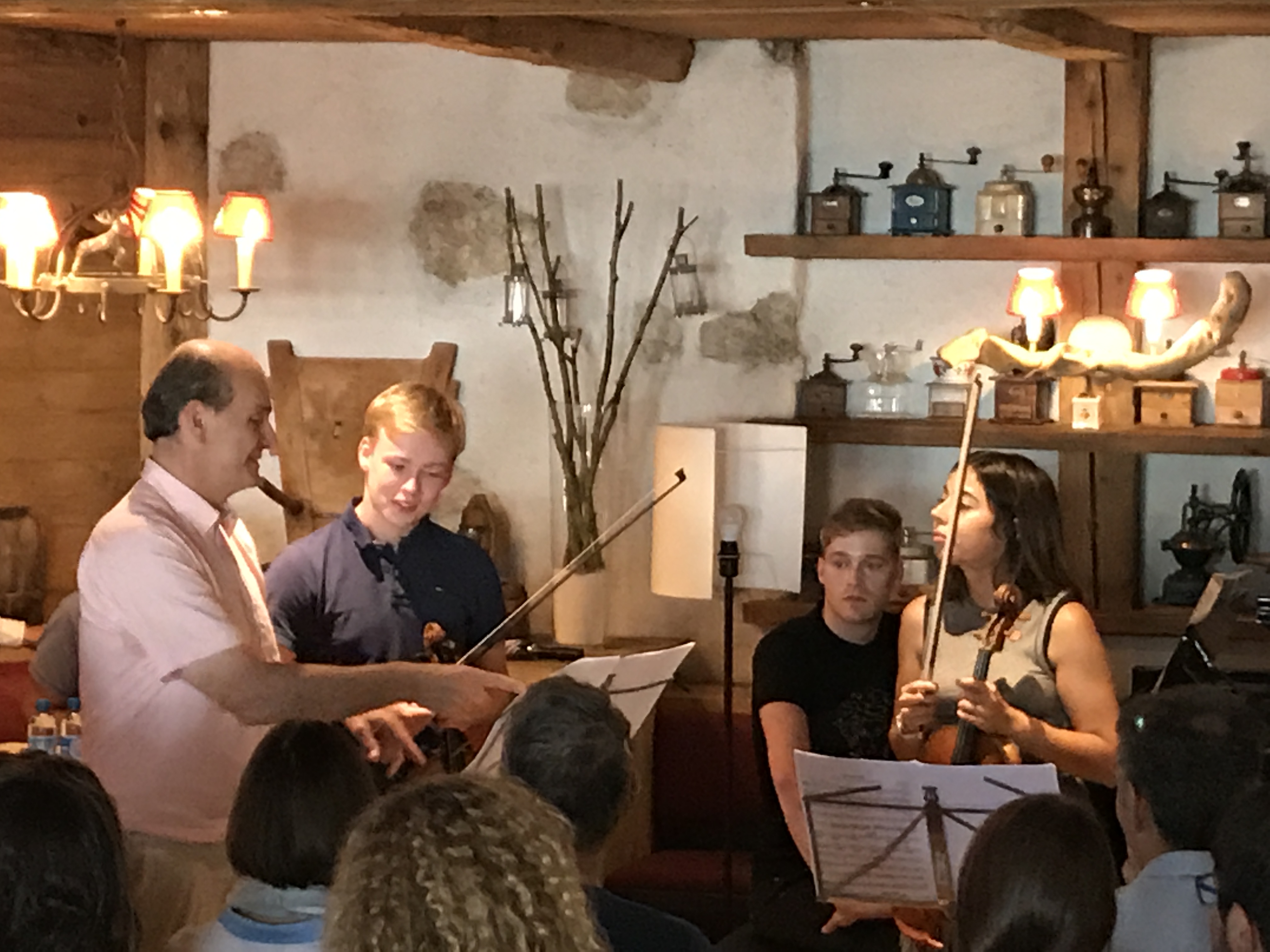
by Claire Doole | Aug 2, 2017 | Blog
I know very little about classical music, but I was privileged to have a front row seat to a master class given by Gabor Takacs-Nagy. As I watched Takacs-Nagy in action, I realised much of what he said applied to public speaking – a world I know more about.
Takacs-Nagy, a renowned Hungarian violinist and conductor, is Director of the Verbier festival chamber orchestra. The festival, in the heart of the Alps, runs from 21st July to the 6th August, and is a key event in the classical music calendar.

Photo by Deborah Berlinck
So what does playing in public and speaking in public have in common?
Emotion is everything
Being a musician was like an emotional striptease explained Takacs-Nagy to aspiring professional musicians. The remark made the well-heeled audience laugh but resonated with me. Musicians he said needed to go beyond their technical prowess and convey the emotion of the work so that the audience connect emotionally.
It is the same principle in public speaking as Aristotle pointed out some 2500 years ago. If you want to persuade people, you have to not only have logos (facts) and ethos (credibility) but pathos (stirring the audience’s emotions).
The US author Maya Angelou goes even further: “I’ve learned that people will forget what you say, people will forget what you did, but people will never forget how you made them feel”.
Context is vital
Takacs-Nagy painted a vivid picture of what it was like to be a gypsy musician in the 18th century to help today’s young musicians convey the emotion of Brahm’s piano quartet number 1 in G minor, which is inspired by gypsy music.
If you are speaking in public the most effective way of getting a message across is to tell a personal story or anecdote. In both cases you need to explain the context – what is happening, where and when to whom, so that people care about the characters and the situation they find themselves in.
Show don’t tell
Tackacs-Nagy often picked up the violin and showed what he meant. He said he hadn’t played for many years so it was not about him showing off but helping the musicians hear what he meant.
In public speaking, it can be more powerful to describe a situation and let the audience form their own opinion, rather than telling them what to think. People in the professional world are often reluctant to show emotions as this can be seen as a sign of vulnerability. When I ask someone to share a personal story, I always share one first.
Light and shade
Too much emotion or too much of the same emotion is counterproductive as it will turn the audience off. Using the analogy of Da Vinci’s most famous painting, Tackacs-Nagy told the pianist playing Mozart’s piano quarter number 1 in G minor that he should see himself at certain moments more as the backdrop to the violinist’s Mona Lisa.
In public speaking it is vital that the speaker varies the emotional range – moving from “levitas” to “gravitas” to keep the audience interested, changing tone according to the message they are giving.
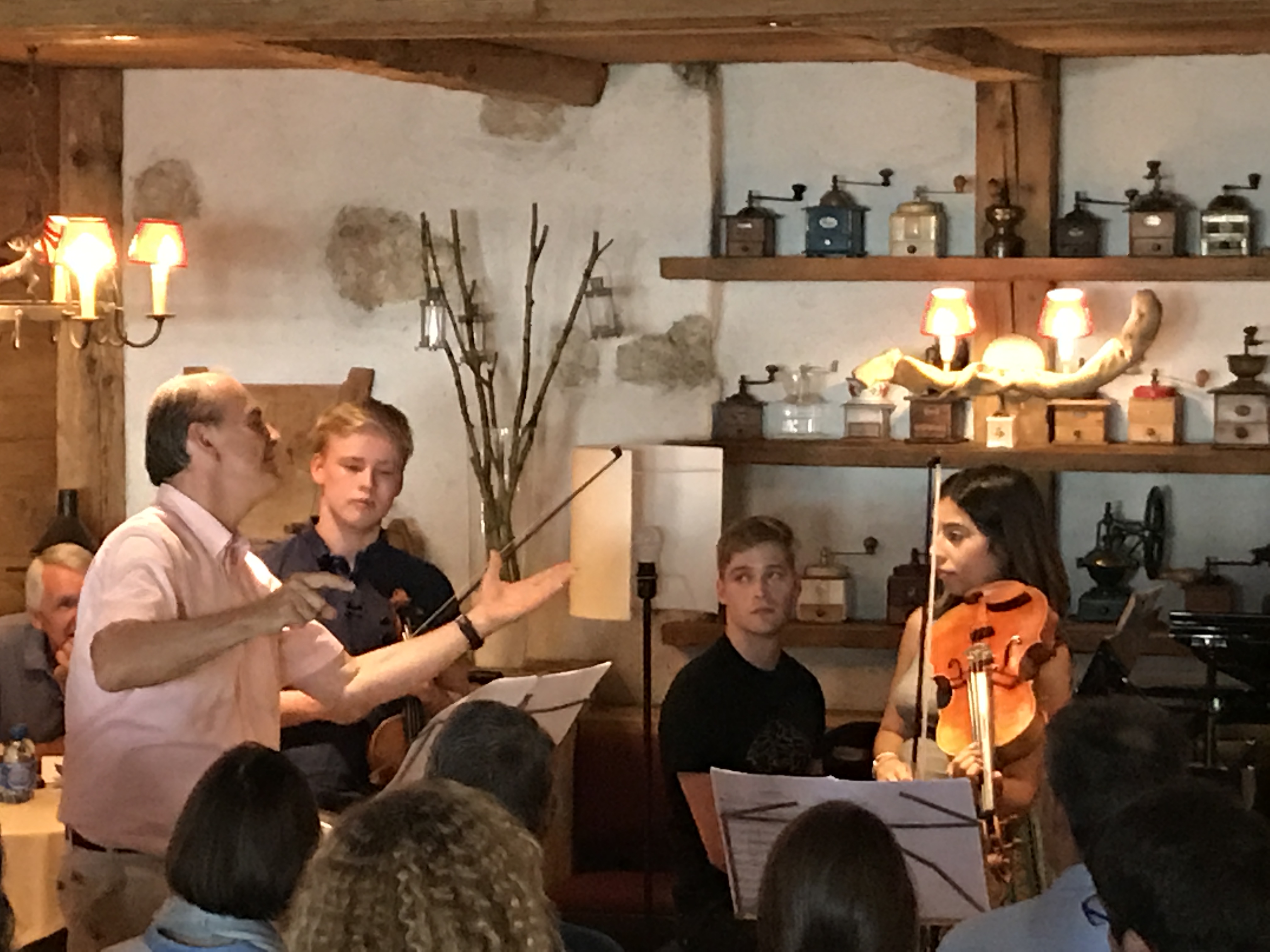
Photo by Deborah Berlinck
The Master Coach
As a media/public speaking coach, I know how important it is to have good intent when helping people through transformational change. Earlier this year, I went on a course where the sole intent of the trainer – a doyenne in the acting world – seemed to be to knock our confidence.
How refreshing to see in the equally competitive world of classical music, a coach whose constructive approach helped the musicians reach new heights of excellence, even to my untrained ear.
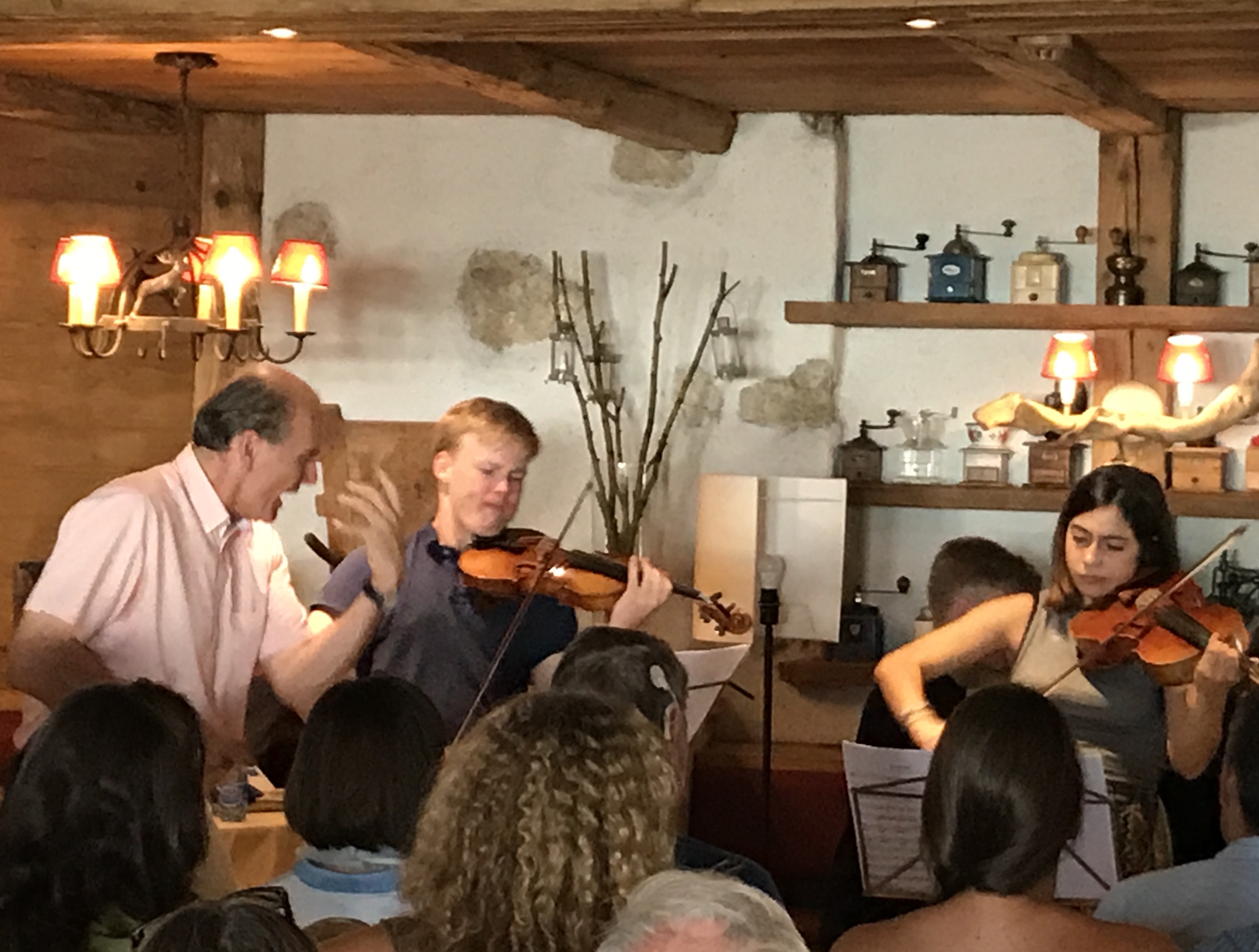
Photo by Deborah Berlinck

